Research Summary
The navigation in ports and waterways must be safeguarded by maintenance dredging, i.e. removing of deposited sediments. As maintenance dredging and relocation of these deposits can be highly expensive, port authorities seek for tailor-made solutions to reduce the costs and at the same time guarantee safe navigation. We will consider several options for reducing dredging costs: SHORT-TERM: dredge more efficiently & reduce sediment return flow LONG-TERM: modify intervention protocol Water injection dredging (WID) is an example of a technique to reduce dredging costs on the short term. However, to avoid additional siltation in the vicinity and/or strong return flows, WID should be applied in combination with a favorable bed slope, ebb currents or/and a sediment trap, from which sediment can be dredged more efficiently. The project will be linked to SURICATES, which is aiming to optimize locations and conditions at which sediment is released. Revising the criterium for nautical bottom is an example of modification of intervention protocols. Instead of removing sediment, its presence is accepted as vessels may navigate through fluid mud layers. Local sediment conditioning of mud by WID may be required for sailing through it. Also, good insight into the thickness, extent and rheological properties of the fluid The goal of the project is to deliver the multidisciplinary knowledge, which are necessary to successfully employ, quantitatively assess and generically improve the current maintenance strategies at the PoR. In particular, the results of the project can be further used for optimizing and testing novel water injection dredging scenarios at the PoR. The project is aiming to deliver the following: - Generated system knowledge: spatial and temporal variability of sediment at PoR - Improved current (flow) model - Validated sediment model on fluid mud dynamics - WID actions model - Proven working background of measuring devices: the Graviprobe, the Rheotune The developed models can be applied for optimizing the dredging maintenance, inventory of effects of changes in infrastructure and management of dredging maintenance, estimation of transport paths and final use of dredged sediment, occurrence and thickness of fluid mud layers in the waterways and for research on mud transport. These applications are in line with related projects, such as CoVadem (DEL081) and SURICATES. |
Visuals
The Port of Rotterdam has released a new video demonstrating the ongoing collaboration between the port, MARIN, TU Delft and Deltares
|
Partners
- Deltares
- Port of Rotterdam
Tasks
I. System knowledge
The goal of this task is to generate new knowledge on mud at the Port of Rotterdam. A number of in-situ surveys are conducted in order to study siltation patterns in the port.
II. Monitoring tools
The purpose of this task is to evaluate the performance of two monitoring tools; the GraviProbe (dotOcean, Brugge, Belgium) and the RheoTune (Stema Systems, Geldermalsen, the Netherlands). These tools are known to as devices to measure the mud strength (in terms of undrained shear strength, yield stress) and/or density and are typically used to establish mud properties in ports for navigation and dredging purposes.
The output of these tools is compared to a protocol for defining navigable fluid mud layers. This comprises rheological measurements, whereby a stress sweep curve is applied to the mud. Two yield stress values are identified by a steep decline in apparent viscosity as a function of the shear strain applied.
Two mud samples from the Port of Rotterdam and the Port of Hamburg were used in this study. The mud was transported to Deltares, Delft, the Netherlands, where it was mixed, diluted to a specified density, and prepared into a container for testing purposes. The testing consisted of deployment of the monitoring tools into the mud-filled container. After deployment the mud was subsampled using a Beeker Sampler (a 1.5 m long tube sampler, manufactured by Eijkelkamp, Giesbeek, the Netherlands). The subsamples were transported to Deltares’ Physical Laboratory for the rheological testing (performed with a HAAKE MARS rheometer, Thermo Fisher, Karlsruhe, Germany) and density measurements (performed with an Anton Paar DMA 35, Graz, Austria), which served as independent reference measurements.
III. Modelling tools
This task concerns developing new Delft3D modelling tools, that can be used for predicting far field spreading of density plumes generated by water injection dredging within the Port of Rotterdam.
IV. Piloting WID
Within this task of PRISMA, the near field behaviour of density plumes which are produced by water injection dredging (WID) is investigated. Two different model tools have been applied: a rapid assessment Lagrangian 1Dv model and a 3D multiphase CFD model. 3D CFD can be applied in complex situations where the simplifications of the 1Dv model hinder its application.
Results
The project has delivered new tools, which are necessary for successful employing, quantitative assessing and generic improving of water injection dredging actions and sediment trapping. The tools can be further used for optimizing in-situ pilots at ports and waterways. In addition, the following methods, knowledge and experience has been gained:
- Generated system knowledge: spatial and temporal variability of mud in the Port of Rotterdam
- Improved current (flow) model (Delft3D)
- New sediment model (Delft3D)
- WID actions model (1DV model and a 3D multiphase CFD model)
- Reliability of measuring devices: the Graviprobe, the Rheotune


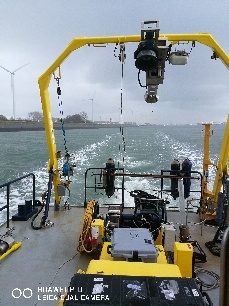
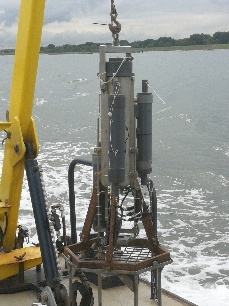

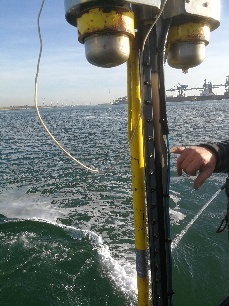
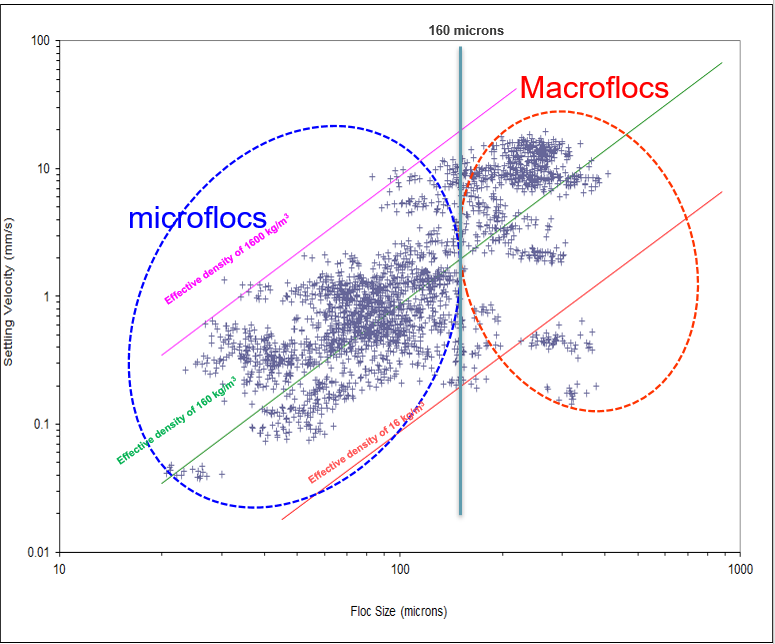
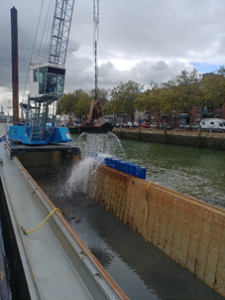
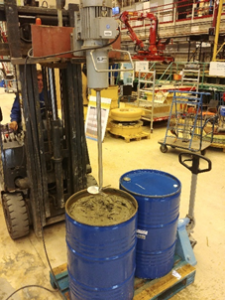
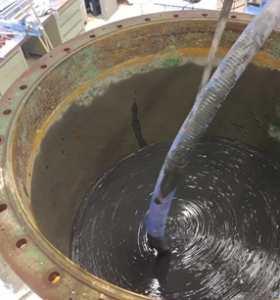
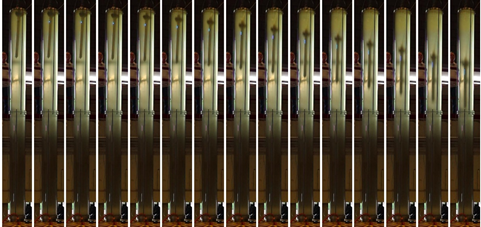


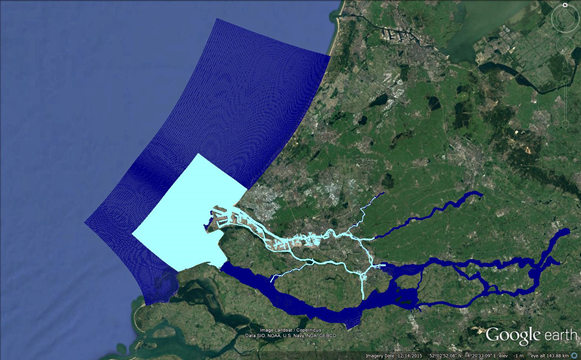
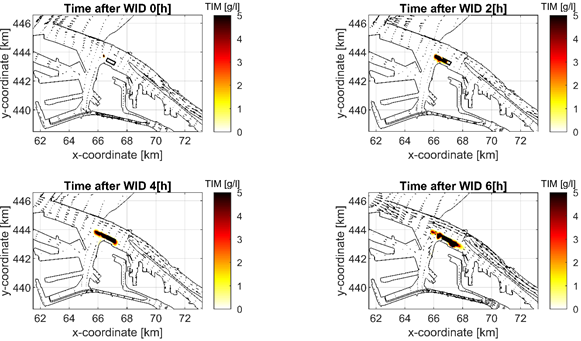

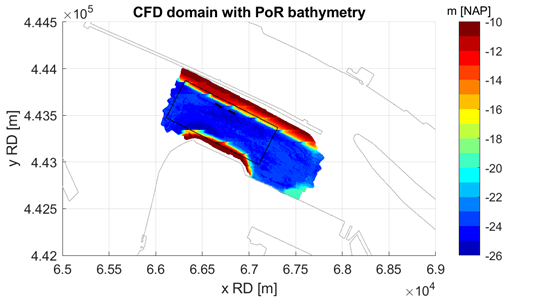
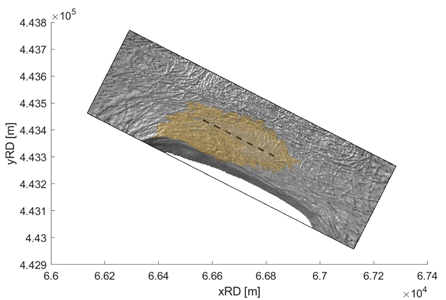
2 Comments
Alex Kirichek
The Port of Rotterdam has released a new video demonstrating the collaboration between the port, MARIN, TU Delft and Deltares
https://www.youtube.com/watch?v=LSbQhUJMBJw
Thijs van Kessel
The final report is available now, see pdf above